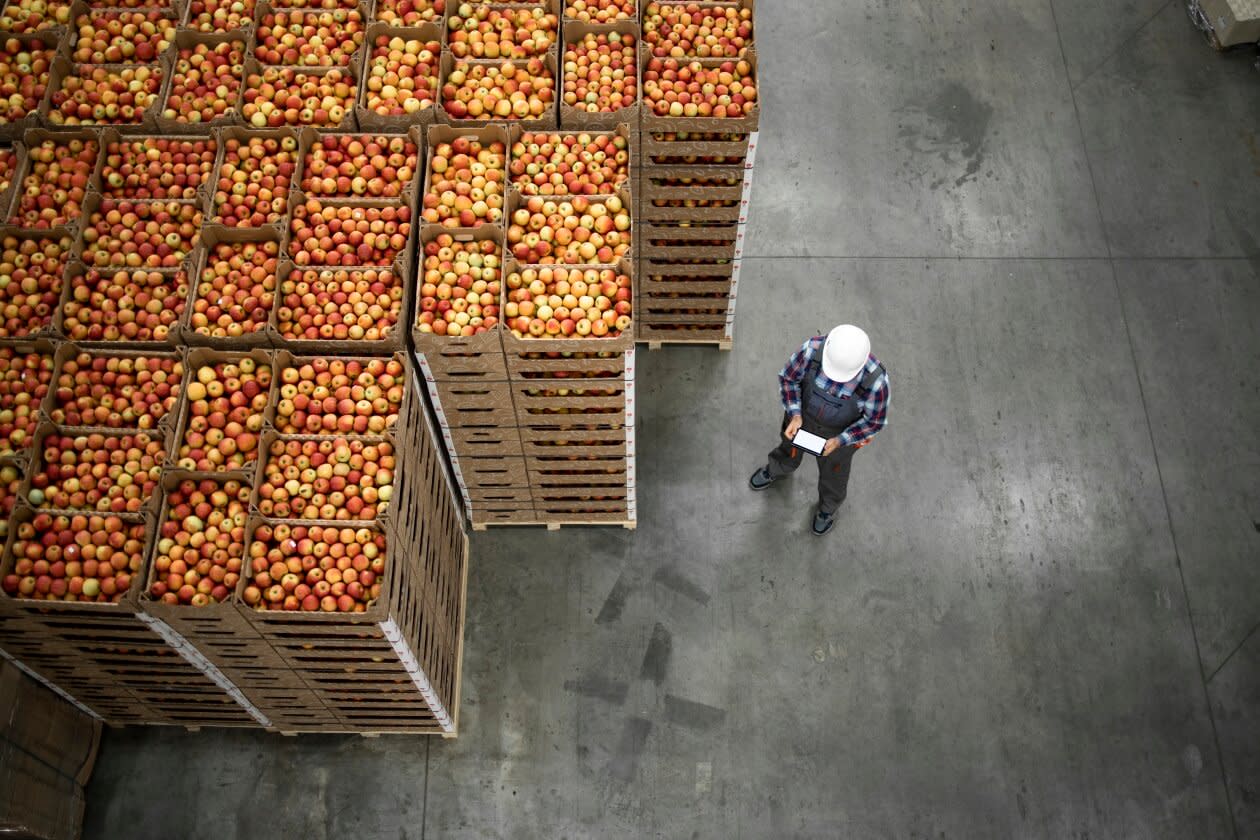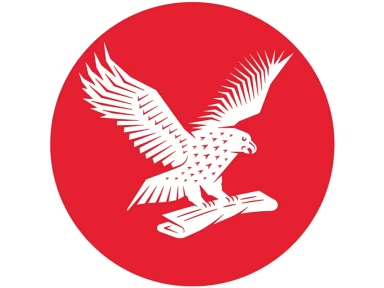Food inflation is now lower than at any time since 2021, according to new figures.
Food prices were 2.5% higher than a year ago in June, down from 3.2% in May – well below the three-month average rate of 3% and the fourteenth consecutive slowing of inflation, according to the British Retail Consortium (BRC)-NielsenIQ Shop Price Index.
Food inflation is now lower than at any point since December 2021, helped by falling prices for key products such as butter and coffee.
Whoever wins Thursday’s election will benefit from the work of retailers to cut their costs and prices, easing the cost of living for millions of households
Fresh food inflation slowed further to 1.5%, down from 2% in May.
Overall shop price inflation eased to 0.2% in June, down from 0.6% in May, and its lowest point since October 2021.
Non-food prices went deeper into deflation, at 1% cheaper – from 0.8% in May – as retailers tried to drive sales by discounting.
BRC chief executive Helen Dickinson said: “During the height of the cost of living crisis, retailers invested heavily in improving their operations and supply chains to compensate for the impact of global shocks on input costs.
“This is clearly paying off, with shop prices having risen just 0.2% over the past 12 months.
“Whoever wins Thursday’s election will benefit from the work of retailers to cut their costs and prices, easing the cost of living for millions of households.”
Mike Watkins, head of retailer and business insight at NielsenIQ, said: “Shop price inflation is still slowing and this will be of help to shoppers as they plan their household budgets for essential goods and services.
“And with uncertainty around discretionary spending, we expect the intense competition across the marketplace to keep price increases as low as possible this summer.”
This article was written by Josie Clarke from The Independent and was legally licensed through the DiveMarketplace by Industry Dive. Please direct all licensing questions to legal@industrydive.com.

